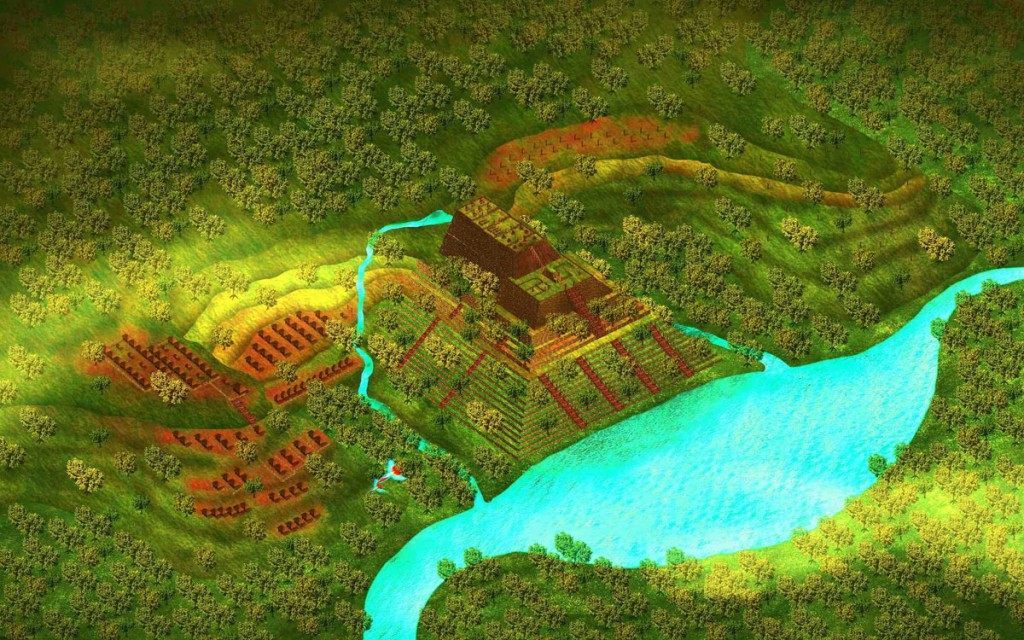Though few know it, there’s been an ancient pyramid hiding underneath a mountain in West Java, Indonesia for millennia. It’s called Gunung Padang, a name that means “the Mountain of Light,” and some scholars have reason to believe that this may be the oldest pyramid still standing on Earth.

In controversial new research presented at the AGU 2018 Fall Meeting in Washington, DC, in December 2018, a team of Indonesian scientists presented data to make their case that Mount Padang is, in fact, the site of the world’s oldest known pyramid-like structure.
Their research, which has been conducted over the course of several years, suggests that Mount Padang is not the hill we think it is ― but is actually a layered series of ancient structures with foundations dating back some 10,000 years (or even older).

According to the researchers, their study proves that the structure not only covers the top layer but also encloses a slope of about 15 hectares. In other words, the structure is not shallower and has deeper roots.
Using a combination of several survey methods ― including ground penetration radar (GPR), seismic tomography, and archaeological excavations ― the research team said Mount Padang was not an artificial structure but was built on prehistoric periods in succession.
The upper part of the enormous pyramid structure consists of stone columns, walls, roads, and spaces. Meanwhile, the second layer is about 1-3 meters below the top surface. They further state, this second layer had previously been misinterpreted as a natural rock formation, but in reality, it’s a column of rocks arranged in a matrix structure.

Underneath, there is a third layer consisting of collated rocks and large underground space ― extending to a depth of 15 meters. And the fourth layer, made of basalt which is somehow modified or carved by human hands.
Researchers say radiocarbon dating shows that the first layer is 3,500 years old, the second layer is 8,000 years, and the third layer is astoundingly around 9,500 to 28,000 years old.

Danny Hilman Natawidjaja, the research leader and geophysicist from the Indonesian Institute of Sciences (LIPI), said that “People think the prehistoric age was primitive, but this monument proves that wrong.” He revealed that the ancient and broad pyramid structure might have a religious basis.

For now, the religious basis behind Mount Padang is still a speculation, but if researchers’ other claims about the structure of the pyramid are true, then Mount Padang will be one of the crucial findings that can challenge the idea of the capabilities of prehistoric communities.
Still, not everybody is so convinced. Natawidjaja’s research has been the subject of much controversy in Indonesia and elsewhere, with a large number of archaeologists and skeptics criticizing the team’s methods and findings.



